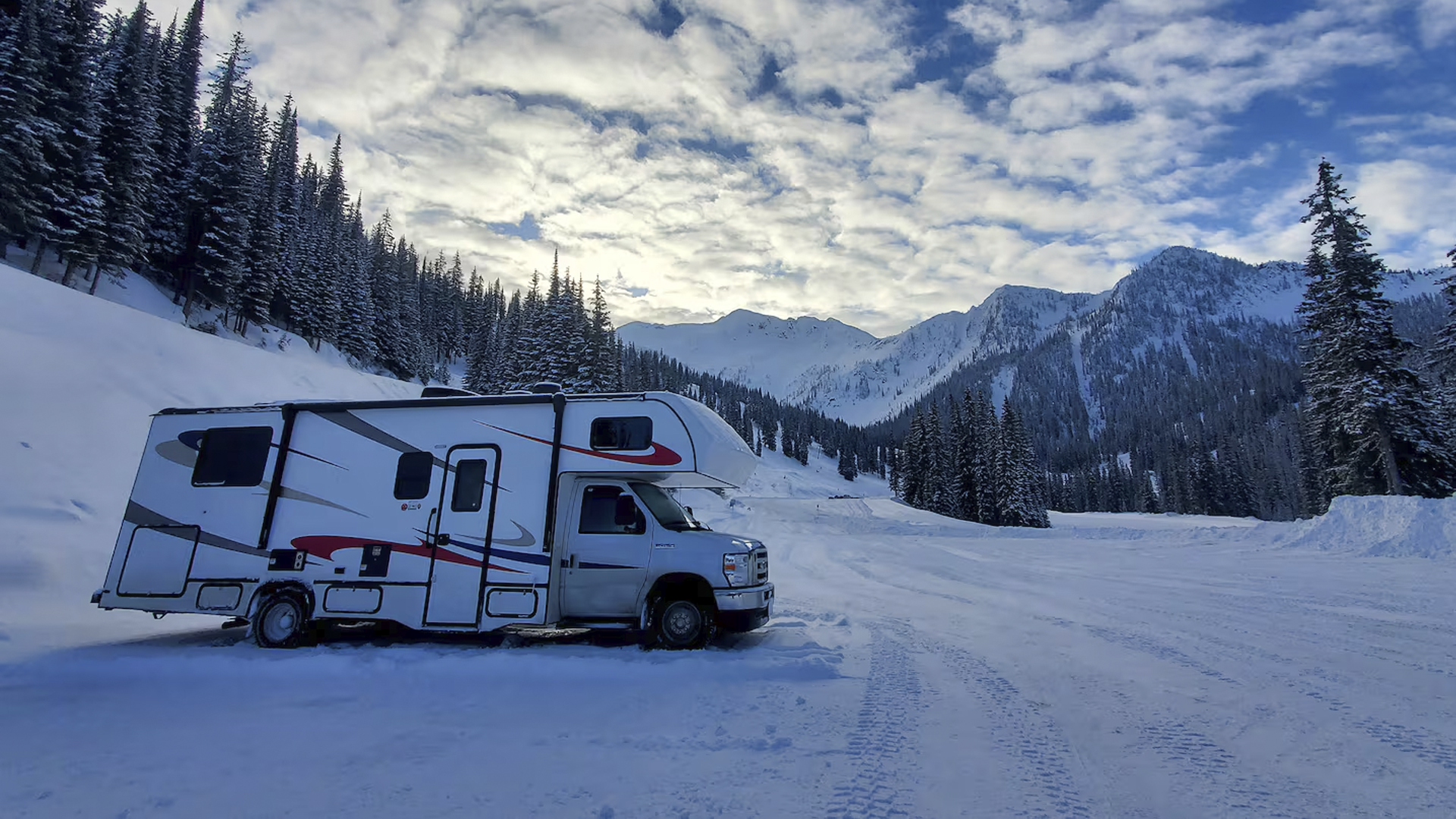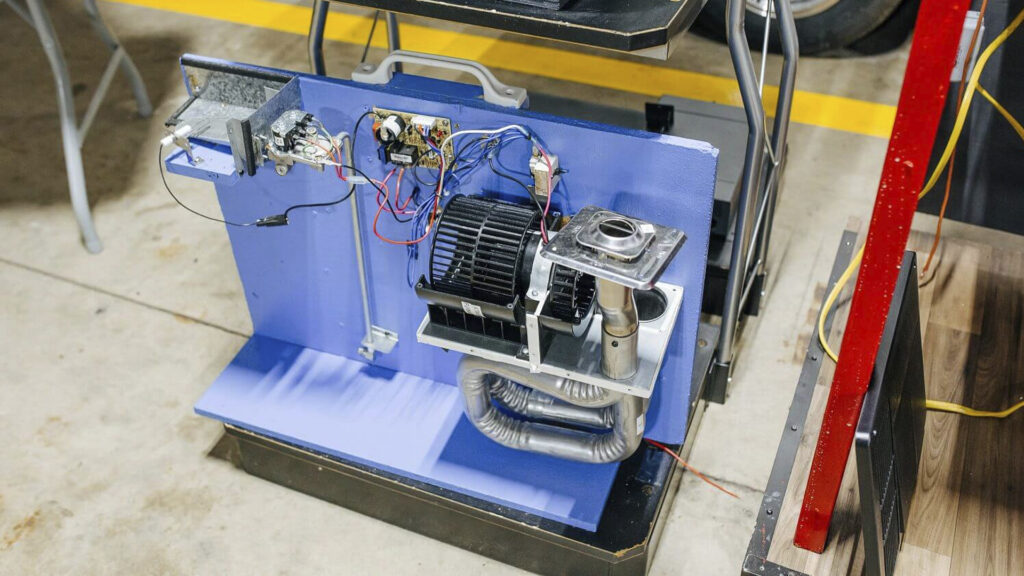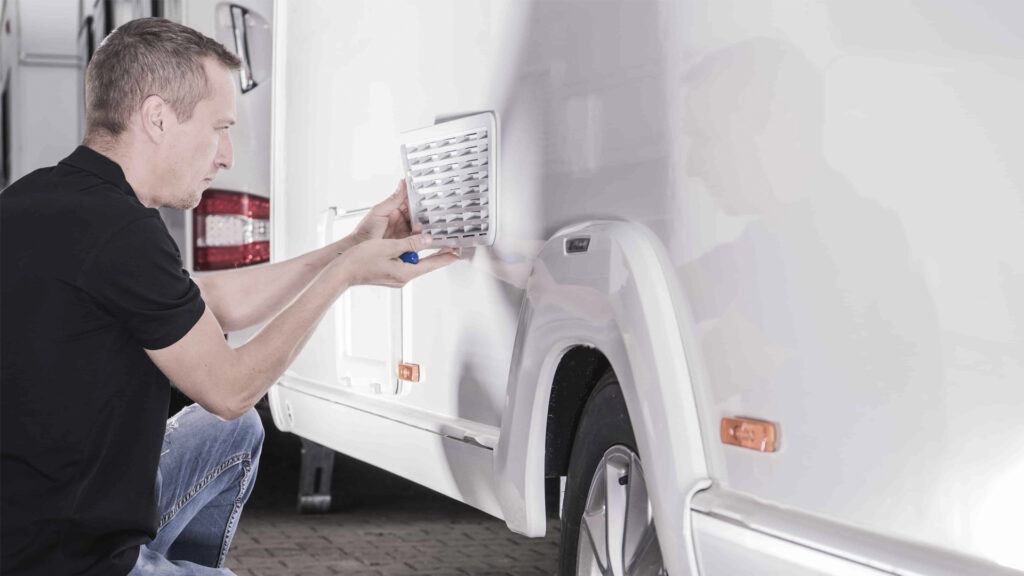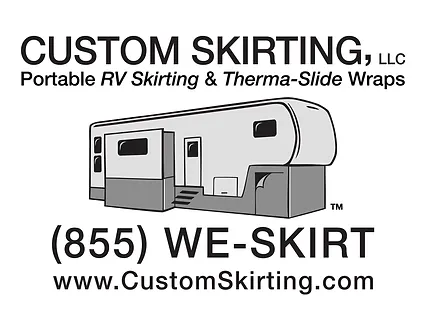
RV Furnace Maintenance: A Complete Guide for Campers
Table of contents
Ensuring a warm and cozy RV interior is essential, especially when you’re camping in colder climates. Proper RV furnace maintenance is key to making that happen, as it prevents breakdowns, extends your furnace’s lifespan, and maintains efficient operation. Understanding how an RV furnace operates and how to keep it in peak condition helps ensure safe and enjoyable camping trips. This guide covers everything from how does an RV furnace work to deep cleaning and troubleshooting tips, helping you gain confidence whether using an RV furnace for the first time, starting your RV furnace, or maintaining it for long-term reliability.
Understanding Your RV Furnace
Before diving into maintenance, let’s explore how an RV furnace works. Typically, an RV furnace is a forced-air system, powered by a 12-volt DC battery and fueled by propane. For those using an RV furnace for the first time, this heating method is efficient and quick, making it suitable for varying weather conditions.
Key Components of an RV Furnace
- Blower Motor: This component pushes warm air through the ductwork.
- Gas Valve: The gas valve controls the propane supply, allowing the furnace to ignite.
- Thermostat: The thermostat senses temperature changes and tells the furnace when to turn on or off.
- Ignition System: Modern RV furnaces typically use electronic igniters that provide a spark to ignite the propane.
Regular Maintenance Checks

To keep your furnace running efficiently, perform regular checks on key parts. Understanding how does an RV furnace work and consistent maintenance reduces the risk of mid-trip breakdowns and extends the furnace’s lifespan.
Exterior Vent Inspection and Cleaning
The exterior vent is crucial for proper airflow, as obstructions can cause inefficient combustion or even dangerous fumes.
- Inspect the Vent: Look for blockages, insect nests, or debris that could obstruct airflow.
- Check for Soot: Soot buildup signals incomplete combustion, which can indicate a gas issue.
- Cleaning Tips: Use a soft brush or compressed air to remove debris, and if you notice significant soot, seek professional help.
Thermostat and Control Board Inspection
The thermostat and control board manage your RV’s heating, so they must be in top shape.
- Thermostat Check: Verify that the thermostat is reading temperatures accurately by comparing it to a standalone thermometer.
- Wiring Inspection: Ensure all wiring connections are secure, as loose wires can cause irregular furnace operation.
- Control Board: If your furnace turns on and off unpredictably, it could be a sign of control board issues, which may require expert repair.
Gas System Checks
A well-functioning gas system is vital for your furnace’s safety and efficiency.
- LP Gas Regulator: Inspect the LP gas regulator and ensure it is functioning correctly, as it controls the propane pressure.
- Leak Detector: Test the propane leak detector and ensure it’s operational.
- Check for Leaks: Spray soapy water on connections and watch for bubbles, which signal a leak. Replace your propane regulator if it’s over 10 years old or shows signs of damage.
Blower Motor and Fan Maintenance
Keeping the blower motor and fan clean and lubricated is essential for effective air distribution.
- Noise Check: Listen for unusual sounds like grinding or squealing, which can indicate wear.
- Cleaning: Clean the blower wheel and housing, as dust can reduce airflow.
- Lubrication: Some older blower motors require lubrication; consult your manual to see if yours does.
Deep Cleaning Procedures
Performing deep cleaning at least once a season ensures optimal furnace performance and longevity.
Cleaning the Gas Burner
The gas burner must be clean and in good condition to ensure safe and efficient heating.
- Safety Precautions: Turn off all power and propane before starting.
- Removing and Cleaning: Disassemble the burner assembly, and use a wire brush to remove any buildup. Inspect for cracks or wear.
- Inspecting for Wear: Look for signs of corrosion, which can compromise performance.
Return Air Grill and Ductwork Maintenance
Clean air circulation is essential for a healthy RV environment and efficient furnace performance.
- Return Air Grill: Remove dust buildup by vacuuming or wiping down the grill.
- Ductwork Cleaning: Clean the ducts with a soft brush or vacuum attachment, as blocked ducts reduce airflow.
- Airflow Optimization: Ensure all ducts are open and clear, as restricted airflow can affect heating efficiency.
Troubleshooting Common RV Furnace Issues
Understanding how to troubleshoot common furnace problems and how to start your RV furnace can save you from potential discomfort during your camping trips.
Furnace Won’t Ignite
If your RV furnace refuses to ignite, several issues may be at play.
- Thermostat Settings: Ensure the thermostat is set to “heat” and above the current RV temperature.
- Sail Switch: The sail switch prevents ignition if the blower isn’t working correctly. Dust on this switch can cause ignition failure.
- Gas Supply: Ensure the propane tank is full and the regulator is functioning correctly.
Inconsistent Heating
Uneven heating can make some areas of your RV uncomfortable.
- Air Filters and Grills: Clean air filters and grills, as they can obstruct airflow if dirty.
- Blocked Vents: Check all vents for obstructions.
- Thermostat Placement: If the thermostat is in an area that heats up faster, it may shut off before the whole RV is warm. Consider relocating the thermostat if necessary.
Unusual Noises or Odors
Different sounds and smells can signal issues with your RV furnace.
- Rattling: Loose screws or ductwork may cause rattling sounds.
- Whistling: Check for gaps in ductwork or loose vent covers.
- Burning Smells: Dust on the heat exchanger can cause a burnt smell, especially if the furnace has been off for a while. Clear any dust, and the smell should subside.
- Gas Odors: If you smell gas, turn off the furnace immediately, ventilate the RV, and contact a professional.
When to Seek Professional Help

While DIY maintenance is effective for basic checks, some issues require professional expertise, especially when using an RV furnace for the first time or learning how to start an RV furnace.
- Annual Inspections: Schedule a professional inspection yearly to check for gas leaks, test pressure, and examine electrical systems.
- Complex Repairs: Electrical or control board issues, propane system concerns, or ongoing blower problems warrant a specialist.
- Persistent Issues: If troubleshooting doesn’t resolve the problem, it’s best to bring in a certified RV technician.
Preparing Your RV Furnace for Storage
Properly storing your furnace helps it stay in peak condition during the off-season.
- Clean All Components: Remove dust and debris to prevent buildup while in storage.
- Cover Exterior Vents: Use vent covers to keep out insects, dust, and debris.
- Rodent Prevention: Seal any entry points to protect against rodents and insects.
RV furnace maintenance is crucial for a comfortable camping experience, as it prevents breakdowns, increases efficiency, and ensures that your furnace is ready whenever you need it. By regularly performing the checks, learning how to start your RV furnace, and following the cleaning procedures outlined in this guide, you can be confident in your furnace’s ability to provide warmth and comfort throughout your trips. Whether using your RV furnace for the first time, cleaning it, or ensuring efficient operation, the steps here will help you keep everything in top shape.
Shield Your RV and Boost Efficiency with Custom Skirting
Safeguard Your RV Furnace with Custom Skirting—Book Now for Winter-Ready Protection! Is your RV furnace ready for the cold? Take it a step further with our Custom Skirting solutions, designed to keep cold air out and protect your plumbing and heating system during winter camping. Our skirting, crafted with a precision “No-Snap, No-Gap” system, offers unbeatable insulation against harsh weather, keeping your RV furnace efficient and your adventures uninterrupted. With over a decade of proven durability across North America’s toughest winters, our skirting shields your RV from freezing conditions and costly repairs.
Ready to winter-proof your RV? Contact us today to schedule your Custom Skirting and enjoy peace of mind all season long!
